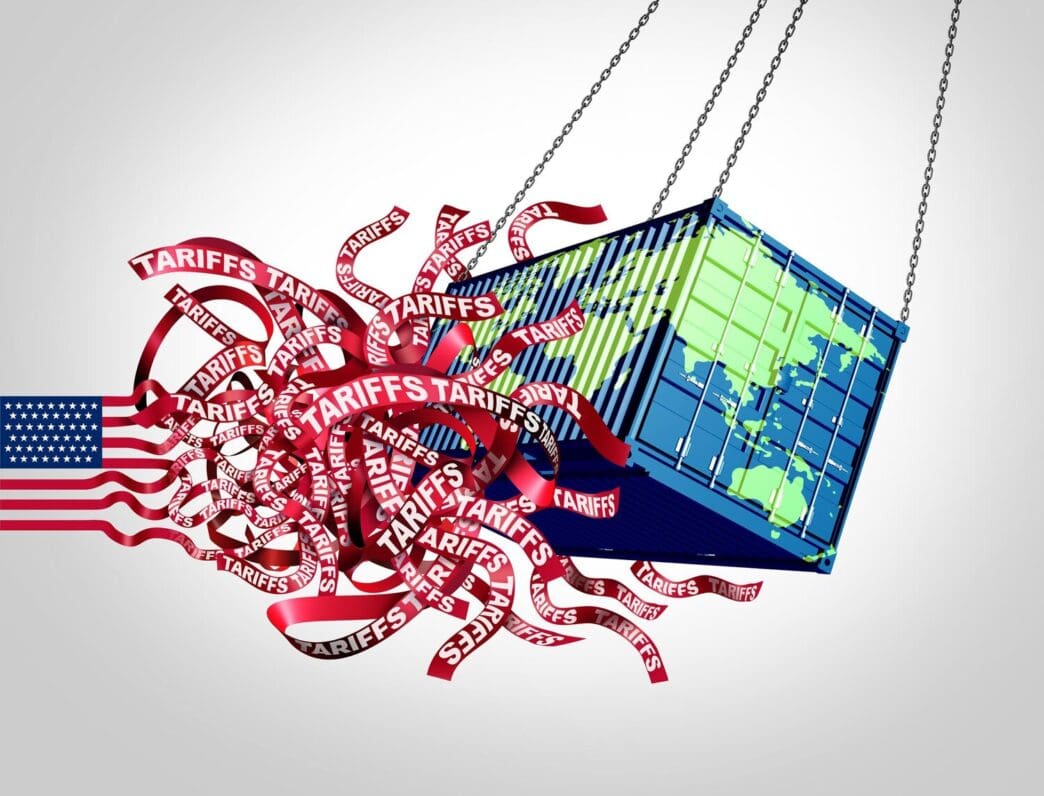Executive Summary
The Story So Far
Why This Matters
Who Thinks What?
German inflation surpassed expectations in August, rising by 2.1%, according to preliminary data released Friday. The unexpected increase occurred simultaneously with a notable jump in unemployment figures, casting a shadow over the economic outlook for Europe’s largest economy as it braces for the full impact of newly implemented U.S. tariffs.
Inflation and Monetary Policy
The 2.1% inflation rate for August, harmonized for comparability across the euro zone, was higher than the cooler-than-expected 1.8% recorded in July. Germany’s core inflation, which excludes volatile food and energy prices, remained unchanged at 2.7% in August compared to the previous month.
This inflation print, alongside rising unemployment, complicates the decision-making process for the European Central Bank (ECB). Carsten Brzeski of ING stated that the latest inflation reading “weakens the case for the European Central Bank to press ahead with an interest rate cut” at its upcoming September meeting. The ECB most recently maintained its key rate at 2% during its July meeting.
Labor Market Developments
Concurrent with the inflation data, figures from the labor office showed that the number of unemployed people in Germany increased to 3.025 million in August, pushing the unemployment rate to 6.4%. This cooling of the German labor market is anticipated to potentially alleviate wage pressures, which could in turn reduce inflationary pressures in the future.
Impact of U.S. Tariffs
The German economic landscape is also navigating the broader implications of new trade policies. In July, the U.S. and the European Union reached a trade agreement that included a 15% tariff rate on many EU goods exported to the U.S. While these tariffs are widely expected to drive prices higher within the U.S., their effect on costs in other regions, particularly Germany’s highly export-driven economy, remains less clear.
The broader euro zone inflation reading, expected on Tuesday, is poised to offer further insights into the economic repercussions of President Donald Trump’s tariff policies. Germany’s economy has been hovering near the flatline, making the impact of these external factors particularly pertinent.
Expert Outlook on Trade and Economy
Carsten Brzeski elaborated on the potential outcomes of the U.S. tariffs, noting uncertainty in how European and U.S. companies will react. He suggested two scenarios: prices might fall in the eurozone due to overcapacity and weaker sales in the U.S., or globally operating companies might try to actually increase prices in Europe to offset profit squeezes in the U.S.
Brzeski also reiterated that the domestic cooling of the German labor market should eventually lead to a reduction in both wage and inflationary pressures, despite the current unexpected rise in inflation.
In summary, Germany faces a dual challenge of higher-than-expected inflation and an increase in unemployment, against a backdrop of global trade tensions. These economic indicators are likely to weigh heavily on the European Central Bank’s decisions regarding interest rates and will continue to shape the outlook for the region’s largest economy as it adapts to new international trade dynamics.








